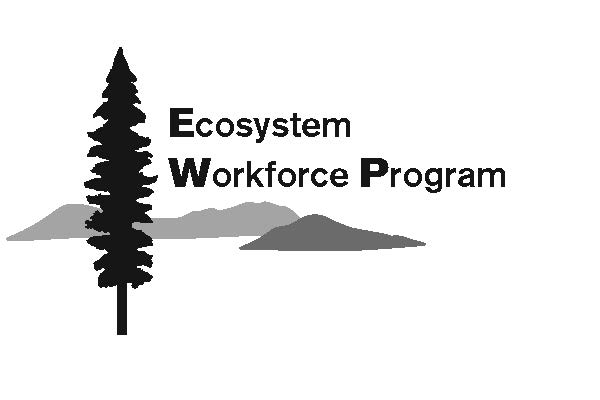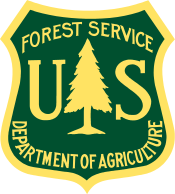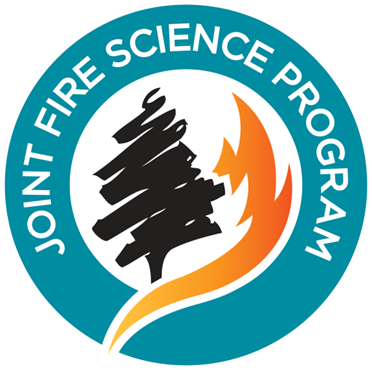Publications Library
Found 94 results
Filters: Keyword is fire effects and fire ecology [Clear All Filters]
. Landscape-scale quantification of fire-induced change in canopy cover following mountain pine beetle outbreak and timber harvest Forest Ecology and Management. 2017;391.
. Long-Term Effects of Burn Season and Frequency on Ponderosa Pine Forest Fuels and Seedlings Fire Ecology. 2017;13(3).
. Post-fire vegetation and fuel development influences fire severity patterns in reburns Ecological Applications. 2017;26(3).
. Previous burns and topography limit and reinforce fire severity in a large wildfire Ecosphere. 2017;8(11).
. Quantifying the effect of elevation and aspect on fire return intervals in the Canadian Rocky Mountains Forest Ecology and Management. 2017;384.
. Restoring and managing low-severity fire in dry-forest landscapes of the western USA. PLoS ONE. 2017;12(2).
. Using fire to promote biodiversity Science. 2017;355(6331).
. The ability of winter grazing to reduce wildfire size and fire-induced plant mortality was not demonstrated: a comment on Davies et al. (2015) International Journal of Wildland Fire. 2016;25.
. Assessing Landscape Vulnerability to Wildfire in the USA Current Forestry Reports. 2016;2(3).
. Can low-severity fire reverse compositional change in montane forests of the Sierra Nevada, California, USA? Ecosphere. 2016;7(12).
. Changing disturbance regimes, ecological memory, and forest resilience Frontiers in Ecology and the Environment. 2016;14(7).
. Did the 2002 Hayman Fire, Colorado, USA, Burn with Uncharacteristic Severity? Fire Ecology. 2016;12(3).
. Do insect outbreaks reduce the severity of subsequent forest fires? Environmental Research Letters. 2016;11.
. Ecohydrologic impacts of rangeland fire on runoff and erosion: A literature synthesis. (). Fort Collins: US Department of Agriculture, Forest Service, Rocky Mountain Research Station; 2016:110 p. Available at: http://www.fs.fed.us/rm/pubs/rmrs_gtr351.pdf.
. Influence of fire disturbance and biophysical heterogeneity on pre-settlement ponderosa pine and mixed conifer forests Ecosphere. 2016;7(11).
. Megafires: an emerging threat to old-forest species Frontiers in Ecology and the Environment. 2016;14(6).
. Patterns of conifer regeneration following high severity wildfire in ponderosa pine - dominated forests of the Colorado Front Range Forest Ecology and Management. 2016;378.
. Post-fire morel (Morchella) mushroom abundance, spatial structure, and harvest sustainability Forest Ecology and Management. 2016;377.
. Relating Fire-Caused Change in Forest Structure to Remotely Sensed Estimates of Fire Severity Fire Ecology. 2016;12(3).
. Response of understory vegetation to salvage logging following a high-severity wildfire Ecosphere. 2016;7(11).
. Socioecological transitions trigger fire regime shifts and modulate fire–climate interactions in the Sierra Nevada, USA, 1600–2015 CE Proceedings of the National Academy of Sciences. 2016;Online early.
. Soil heating during the complete combustion of mega-logs and broadcast burning in central Oregon USA pumice soils International Journal of Wildland Fire. 2016;25.
. Synthesis of Knowledge of Extreme Fire Behavior: Volume II for Fire Behavior Specialists, Researchers, and Meteorologists. (). Portland, OR: US Department of Agriculture, Forest Service, Pacific Northwest Research Station; 2016:258 p. Available at: http://www.fs.fed.us/pnw/pubs/pnw_gtr891.pdf.
. Weather, fuels, and topography impede wildland fire spread in western US landscapes Forest Ecology and Management. 2016;380.





